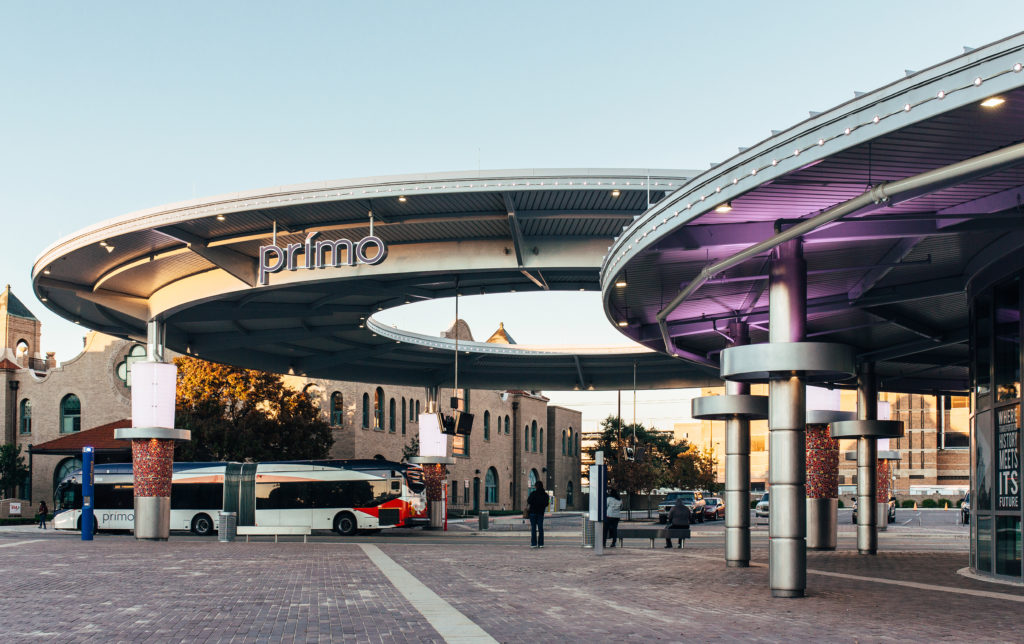With 40 years of service in San Antonio and the region, VIA Metropolitan Transit has a long history connecting our community. At the same time, VIA is committed to the future of our city and the people in it, and continues to invest in innovations, technology, and sustainable transit options.
Last year, VIA launched its new VIA goMobile app, intended to make planning and paying for trips easier. Riders can buy and store tickets on their smartphones and simply show their tickets when they board. (We’ve used it—we love it.) VIA also launched a new version of its website and trip planner, which makes it easier to find the most convenient routes and is integrated with alternative transit options like Swell Cycle and Lyft.
Understanding the impact of technology on transit use, VIA hosts the annual GoCodeSA, a codeathon to help solve San Antonio’s public transportation challenges. By releasing exclusive data sets to developers, designers, and tech experts, VIA encourages innovation and collaboration to make the future of transit more efficient and accessible.
VIA also understands the reality of our region’s growth. With a projected 1.1 million additional people expected to call San Antonio home by 2040, VIA embarked on its Vision 2040 Long Range Plan to ensure that the region’s public transportation system can support this growth. The Vision 2040 plan envisions a multimodal network of options, improved frequency, smart transit solutions, and an expanded service area.
Recently, VIA has focused specifically on its plans for Rapid Transit Corridors, an important component of Vision 2040. VIA studied four key corridors that could support higher-speed network of Bus Rapid Transit, Light Rail Transit, or Express Service. The team also hosted in-person and online workshops, and requested comments via survey, to engage the community and gather public recommendations for the design of these Rapid Transit Corridors.
While doubling down on long-term strategy and innovation, VIA also kept up its regular commitments to the environment and community. Last year, VIA began converting its entire fleet of vehicles to Compressed Natural Gas, with 270 existing buses replaced by 2020. Once complete, the new CNG fleet will reduce nitrogen-oxide emissions by 97%, compared to the diesel buses they’re replacing. And when San Antonio drivers faced a gasoline shortage following Hurricane Harvey, VIA quickly offered free rides to conserve gas and ensure that San Antonians could get to work and school.
VIA is truly committed to serving the San Antonio community—and finding ways to innovate for a better tomorrow. We’re excited to see the impact that their recent developments and plans will have on our shared goals.

